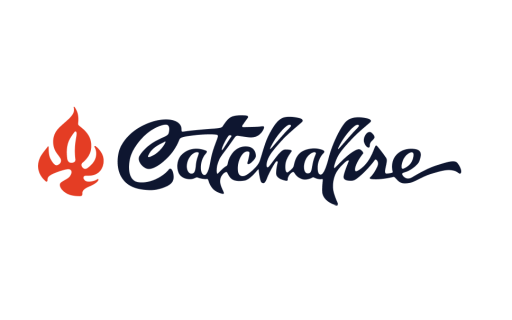Latest NewsMore News
Policy Journal - April 2025
Policy Journal brings you the news you need to know about state education, health and housing policy as well as policies impacting the philanthropic sector and our democracy.
Corporate Funder NewLine - April 2025
NewsLine is published bimonthly for members of Philanthropy Ohio, and provides the latest perspectives, research, tools and best practices to inform your philanthropic work.

